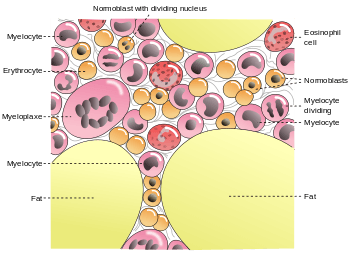
Humans have for ages taken cues from nature to build their own devices, but duplicating the steps in the complicated electronic dance of photosynthesis remains one of the biggest challenges and opportunities for chemists.
Currently, the most efficient methods we have for making fuel – principally, hydrogen – from sunlight and water involve rare and expensive metal catalysts, such as platinum. In a new study, researchers at the U.S. Department of Energy’s Argonne National Laboratory have found a new, more efficient way to link a less expensive synthetic cobalt-containing catalyst to an organic light-sensitive molecule, called a chromophore.
Although cobalt is significantly less efficient than platinum when it comes to light-induced hydrogen generation, the drastic price difference between the two metals makes cobalt the obvious choice as the foundation for a synthetic catalyst, said Argonne chemist Karen Mulfort.
“Cobalt doesn’t have to be as efficient as platinum because it is just so much cheaper,” she said.
The Argonne study wasn’t the first to look at cobalt as a potential catalytic material; however, the paper did identify a new mechanism by which to link the chromophore with the catalyst. Previous experiments with cobalt attempted to connect the chromophore directly with the cobalt atom within the larger compound, but this eventually caused the hydrogen generation process to break down.
Instead, the Argonne researchers connected the chromophore to part of a larger organic ring that surrounded the cobalt atom, which allowed the reaction to continue significantly longer.
“If we were to directly link the chromophore and the cobalt atom, many of the stimulated electrons quickly fall out of the excited state back into the ground state before the energy transfer can occur,” Mulfort said. “By coupling the two materials in the way we’ve described, we can have much more confidence that the electrons are going to behave the way we want them to.”
One additional advantage of working with a cobalt-based catalyst, in addition to its relatively low price and abundance, is the fact that scientists understand the atomic-level mechanisms at play.
The Latest on: Cobalt catalysts
[google_news title=”” keyword=”Cobalt catalysts” num_posts=”10″ blurb_length=”0″ show_thumb=”left”]
via Google News
The Latest on: Cobalt catalysts
- 4,000% boost! Eco-friendly hydrogen on the horizonon April 27, 2024 at 4:31 am
By manipulating the catalyst’s 3D structure ... By inserting manganese into a cobalt oxide lattice, they created a process that depended solely on common and sustainable earth metals. Despite the ...
- Lithium Miners News For The Month Of April 2024on April 26, 2024 at 10:56 am
Welcome to the April 2024 edition of the lithium miner news. The past month saw lithium prices flat and a very busy month of good news for the lithium producers. We also saw the start of the Beijing ...
- Custom-made catalyst leads to longer-lasting and more sustainable green hydrogen productionon April 26, 2024 at 8:50 am
Researchers led by Ryuhei Nakamura at the RIKEN Center for Sustainable Resource Science (CSRS) in Japan have improved on their green and sustainable method of extracting hydrogen from water by using a ...
- Oil Prices Climb as Bullish Catalysts Buildon April 26, 2024 at 6:45 am
Oil prices are set to post a weekly gain as bullish catalysts build while geopolitical risks remain very much present.
- Metal swarf transformed into electrodes for hydrogen productionon April 26, 2024 at 3:39 am
Nanotextured surface of titanium and nickel waste supports platinum and cobalt atoms to create effective electrocatalysts ...
- Critical Minerals Co. Upsizes Private Placement Featuring Glencoreon April 25, 2024 at 11:39 am
Stillwater Critical Minerals Corp. PGEZF is upsizing by more than 50% a private placement that also features a lead order from major Glencore Canada Corp. Find out how the market for one of its target ...
- Cobalt Miners News For The Month Of April 2024on April 25, 2024 at 1:31 am
The cobalt metal market was seen oversupplied through Q2 as demand subdued. Click here to read more about the Cobalt updates.
- Cobalt Sulphate Market Size to Grow USD 1.9 Billion by 2030 at a CAGR of 6.4% | Valuates Reportson April 23, 2024 at 10:07 am
Cobalt Sulphate Market is Segmented by Application (Alloys, Magnets, Hard Materials, Catalyst, Inks and Dyes, Batteries). The Global ...
- Trash To Treasure – Chemists Turn Metal Waste Into Hydrogen Catalyston April 18, 2024 at 4:11 am
Researchers have developed a method to convert metal waste into an effective catalyst for producing hydrogen from water, a breakthrough that could enhance the sustainability of hydrogen production. A ...
- Swarf hosts platinum to make ‘highly efficient catalyst’on April 17, 2024 at 4:00 am
Nottingham University scientists have deposited platinum onto swarf to create a highly efficient catalyst to make hydrogen from water, an advance that could make hydrogen production more sustainable.
via Bing News




